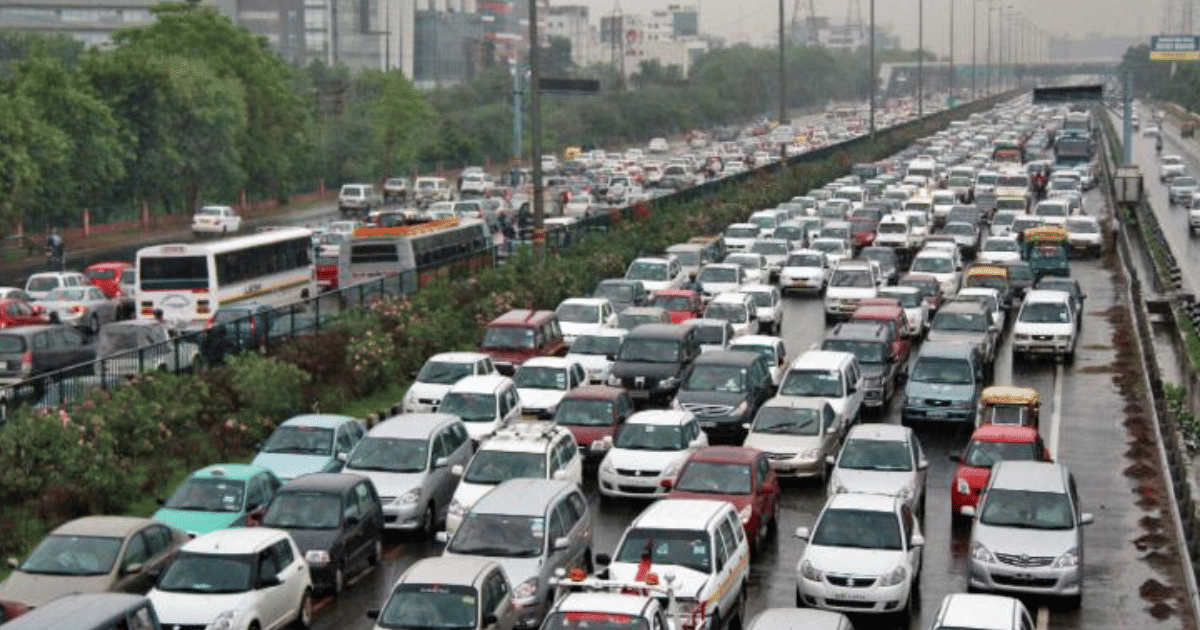 |
|
The 2024 TomTom Traffic Index has revealed a significant shift in India's urban mobility landscape, placing Kolkata at the forefront of congestion challenges. The report, based on an extensive analysis of over 458 billion miles of driving data from 500 cities across 62 countries, paints a stark picture of Kolkata's traffic woes, surpassing even the previously notorious Bengaluru. The study utilizes a robust methodology incorporating both static factors – aspects such as road infrastructure, urban planning and design – and dynamic factors – including peak-hour traffic flows, weather conditions, and unforeseen incidents. This comprehensive approach allows for a nuanced understanding of the complex interplay of elements contributing to urban congestion. Kolkata’s average vehicle speed was recorded at a mere 17.4 kmph, translating to a journey time of 34 minutes and 33 seconds to cover just 10 kilometers. This significantly slower pace highlights the substantial challenges faced by commuters daily.
The global implications of Kolkata's traffic predicament are equally concerning. The TomTom Traffic Index positions Kolkata as the second slowest-moving city worldwide, only trailing Barranquilla, Colombia. This ranking underscores the severity of the issue and places it within a global context of urban mobility challenges. The presence of three Indian cities – Kolkata, Bengaluru, and Pune – within the global top five further emphasizes the need for comprehensive and sustainable solutions to address traffic congestion within India's rapidly expanding urban centers. Bengaluru, though losing its top spot in India, remains globally significant, registering an average travel time of 34 minutes and 10 seconds for the same 10-kilometer distance. Pune follows closely behind with a time of 33 minutes and 22 seconds. The contrast with cities like New Delhi, which registered a significantly lower average travel time of 23 minutes, showcases the diversity in traffic management effectiveness across different Indian cities and underscores the importance of adopting best practices from those better performing cities.
The TomTom Traffic Index data provides invaluable insights into the factors contributing to urban congestion. The report's analysis goes beyond simply reporting travel times; it delves into the underlying causes, highlighting the interconnectedness of static and dynamic factors. The interplay of deficient road infrastructure, inadequate urban planning, rapid urbanization, and the escalating number of vehicles on the road all play crucial roles in exacerbating the problem. The findings emphasize the urgent need for a multi-pronged approach to address these challenges. This approach must involve improved urban planning that prioritizes efficient transportation networks, investment in public transportation infrastructure to alleviate reliance on private vehicles, and the implementation of smart traffic management systems to optimize traffic flow during peak hours. Moreover, sustainable urban development strategies are crucial to ensure that future growth does not further exacerbate existing traffic problems.
Beyond Kolkata, Bengaluru, and Pune, other Indian cities also struggle with significant congestion. Hyderabad, Chennai, and Mumbai all recorded average travel times exceeding 29 minutes for a 10-kilometer journey. Ahmedabad, Ernakulam, and Jaipur also registered slower-than-average travel speeds, emphasizing the widespread nature of this challenge across the country. These findings highlight the need for a nationwide strategy to address urban congestion, incorporating city-specific solutions tailored to address unique local factors, but also benefitting from the sharing of best practices and technological innovations that have proven effective in other urban centers globally. Addressing the issue requires not only technological advancements but also a shift in urban planning philosophies, prioritizing sustainable transport options and reducing reliance on private vehicles. This might include incentives for public transport usage, investments in cycling infrastructure, and promoting pedestrian-friendly urban spaces.
The TomTom Traffic Index serves as a crucial barometer of urban mobility, providing data-driven insights for policymakers and urban planners to formulate effective strategies. The detailed analysis and extensive data set employed by TomTom provide a robust foundation for informed decision-making. By acknowledging the multifaceted nature of the problem and working towards comprehensive solutions, Indian cities can strive towards improving their traffic conditions, enhancing the quality of life for their citizens, and fostering more sustainable urban environments. The future of urban mobility in India hinges on a commitment to addressing these challenges head-on, through collaborative efforts involving government agencies, private sector stakeholders, and the citizenry itself.
